|
“Up from the meadows, rich with…snakes?” Last month, I stumbled across an interesting article appearing in the Frederick News, dated September 4th, 1912. Apparently there was a problem with hostile reptiles at the sacred gravesite of Frederick’s beloved flag-toting heroine, Barbara Fritchie. This occurrence took place in the old German Reformed Cemetery, once located at the corner of N. Bentz and W. 2nd streets. These days, this locale is more commonly known as Memorial Park. Of the many factors that would lead to Dame Fritchie’s re-interment to Mount Olivet Cemetery the following May (1913), I was quite surprised to learn that snakes may have played into the equation. Today, I can say with confidence, that you would have a better chance encountering “snakes on a plane” than encountering these creatures on, or around, Dame Fritchie’s grave. However, I find it quite ironic that just fifty yards east of Barbara’s grave, there lies a gentleman that made his reputation and livelihood on the limbless reptiles. His name was Gordon Gaver.  Milton G. Urner Milton G. Urner Gordon Paul Gaver was born February 2nd, 1904 on the Carroll County side of Mount Airy, Maryland. His father, William E. Gaver, was a local physician who originally hailed from Middletown. His mother, Laura Eugenia Urner came from one of the most prominent families in the county. Her father, Milton G. Urner was a local lawyer, who served Frederick County as State’s Attorney and two terms as a US Congressman. The Urners lived in downtown Frederick’s Court Square area behind the Frederick County Courthouse on Record Street. Gordon, brothers William and John, and sister, Laura Ann (Mrs. Richard Biggs), grew up on the family farm in Mount Airy. Like many kids of agricultural upbringings, the Gaver children developed affinities for animals. However, young Gordon would take an interest in a non-traditional member of farming life— one not found in the ever-popular “Ol’ McDonald” song. At the age of five, Gordon was presented with a peculiar new pet by a neighbor—a garter snake. From that point forward, the boy became fascinated with snakes and reptiles of all varieties. He would begin to obtain specimens from his family farm, and other areas throughout the county stretching from the Monocacy and Potomac River environs to the wooded elevations and rock outcroppings of Catoctin Mountain. Whether willingly, or not, his parents seemed to have supported his unusual hobby.
Gordon attended the Tome School for Boys, located in Port Deposit in Cecil County. At the time, this was a nonsectarian college preparatory school for boys. Interestingly, Gaver would not go on to college. It was said that his one ambition in life was to work for a large zoo, turning his hobby into a profession. He would acquire a great knowledge of snakes through self-induced reading, and contact with herpetologists. Throughout the Roaring Twenties, Gaver continued to capture and collect local species of reptiles, including poisonous snakes such as copperheads, rattle snakes and moccasins. He was contracted to supply specimens to zoos throughout the country. I haven’t found out to much else about Gordon’s personal life as it pertained to relationships. From an article found in a 1925 Frederick newspaper, Gordon’s thoughts about the perfect female were documented as he was briefly interviewed for a local “man on the street” article. Gaver told a reporter: “For myself, I like them to be quiet and sensible. I like those who are not fresh and those who you can depend upon not to lose their nerve and go back on you in anything.” He would eventually marry later in life, and it seems now as no surprise why. He appears to have enjoyed the same “quiet” and “sensibility” in his pet snakes. Apparently Gordon Gaver tried to obtain employment with the Washington National Zoo, but was unsuccessful. He then tried his luck at various other careers. In 1927, Gordon found employment on a ship’s crew out of Baltimore. He traveled to South America with visits to Buenos Aires, Montevideo and Sao Paulo. Unfortunately, he wasn’t cut out to be a sailor. From here, he experienced working the oil fields of Texas—not a strong fit either. Although temporary, these short-lived ventures provided the young Marylander the opportunity to see additional species of indigenous snakes and other critters in their natural environments. In 1930, Gordon could be found living in an apartment in Elizabeth, New Jersey, and working as an artist for an advertising firm. He had gone north in hopes to get hired by New York City’s Museum of Natural History. This never materialized either, and Gaver would relocate to Baltimore a year later. Throughout these moves, he was accompanied by many of his scaly pets. Gordon took opportunities to make a few extra bucks by exhibiting these to the public. In one such case, he was invited to show his small collection of American reptiles to groups in Europe. He did this in 1931. Gordon Gaver would return to Frederick with renewed optimism. He would forge ahead with his long-burning ambition to promote and educate others on his favorite topic—snakes. In 1933, Gaver set his dream in motion by opening a roadside attraction in the Old Catoctin Furnace schoolhouse. This dilapidated weatherboard structure was located a few short miles south of Thurmont along the newly designated US Route15 (1927), formerly the Frederick and Emmitsburg Turnpike. Gaver’s Catoctin Snake Farm became an interesting spot for local curiosity seekers and wayward motorists traveling between South Carolina and New York State. His first “star performer” was an 11-foot python, bought from a New York dealer. Also showcased, in the early exhibit, were 11 other specimens, less imposing than the large python. The enthusiasm of starting his new business must have gotten the best of Gordon, as he made the local newspaper for all the wrong reasons. On August 31st, 1933, Gaver was arrested by police authorities near the Square Corner in downtown Frederick. It was late in the day on a Thursday afternoon, and Gaver was heading southbound through Frederick on N. Market Street. This was a time of two-way traffic on the major north-south route through town, doubling as the city’s stretch of US 15, decades before a bypass. Gaver apparently crashed his automobile into the car of Augustus Boyne of 515 N. Market Street. This occurred near the 7th Street intersection, where the fountain is located. Gordon promptly left the scene of the accident in his Ford sedan, continuing southward on Market Street. He must have turned around somewhere along the route, and backtracked, because his next feat included an approach to the Square Corner coming from S. Market St. He swerved wide through the intersection onto W. Patrick Street, nearly hitting the posted traffic officer. Gaver became entangled in a traffic back-up and was duly pulled over at this point and arrested by special deputies Nusz and Redmond. Officers found an empty pint alcohol bottle, along with a full pint in Gaver’s possession. The deputies would soon find something even more disturbing. The Frederick News of September 16th, 1933 reported: “In the back of his machine was found a cotton bag containing two large rattlesnakes and a copperhead. Deciding discretion the better part of valor, police impounded the snakes with the car in a local garage.” Gaver admitted his guilt of driving under the influence when arraigned before Justice Alton Bennett. He was fined the minimum of $100, along with court and restitution costs. Officer J.R. Miller of the Maryland State Police, withdrew the charge of failing to stop after an accident when it was pointed out that Gaver was too drunk to know what he doing, and consequently could not be found guilty on the charge.
Gaver found himself partnering with the Washington National Zoo and others throughout the mid-Atlantic, as his animals needed suitable winter quarters.
Less than a year later, Gordon P. Gaver would pass away at the age of 60, after suffering a heart attack in his Thurmont home on August 1, 1964. He had turned a hobby into a fulfilling career, spending three decades at the helm of his own serpentarium, preceded by a decade of chasing snakes and further learning. Gordon was buried beside his parents in Mount Olivet’s Area Q/Lot 83 on August 4th, 1964. Gordon Gaver’s legacy certainly lives on. Following the snake expert’s death, the Jungleland Snake Farm would be sold to Gaver’s employee Richard Hahn, who eventually changed the operation’s name to the Catoctin Mountain Zoo Park. The Hahn family continues to run this attraction to this day. 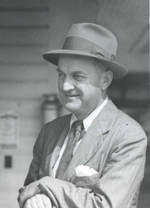 John M. Gaver, Sr. John M. Gaver, Sr. Famous Brother I’d like to add an additional note on one of Gordon Gaver’s siblings. As snakes encompassed Gordon’s world, brother John "Jack" Milton Gaver, Sr. loved horses. In fact, he was a lifelong trainer of thoroughbreds, and is a 1966 inductee to the National Museum of Racing Hall of Fame. Jack Gaver (1901-1982) would become associated with the fabled Greentree Stable of Red Bank, New Jersey. In 1939, he was appointed head trainer, a position he held for the next 38 years. During his time with Greentree, Gaver conditioned 73 stakes winners, including winners of five American classics, four champions, and two Horse of the Year honorees. Gaver won two legs of the Triple Crown twice. He conditioned Shut Out to victories in the 1942 Kentucky Derby and Preakness Stakes, and Capot won the 1949 Preakness and Belmont. He also won the 1968 Belmont with Stage Door Johnny. Gaver’s four champions were Devil Diver (1944 Champion Handicap Male), Capot (1949 Horse of the Year), Stage Door Johnny (1968 Champion 3-Year-Old Colt) and Tom Fool (1953 Horse of the Year).
1 Comment
Chris Garver
10/19/2019 02:40:22 pm
Chris I love your articles and lectures. Cinder and I haven't been able to come since last Christmas, but I miss them. This is so interesting, as it is near me and I am a child of 1951. Roadside attractions from MD to FL were the thing. I took my own son to the rt 15 zoo. The lions were living out their days, and a couple drove from NY to sit in their pen every and all weekend. I got to pet the lions and talk with the couple. You are awesome.
Reply
Leave a Reply. |
STORIES
|
Archives
July 2024
June 2024
May 2024
April 2024
March 2024
February 2024
January 2024
December 2023
November 2023
September 2023
August 2023
July 2023
June 2023
May 2023
April 2023
March 2023
February 2023
January 2023
December 2022
November 2022
October 2022
September 2022
August 2022
July 2022
June 2022
May 2022
April 2022
March 2022
February 2022
January 2022
December 2021
November 2021
October 2021
September 2021
August 2021
July 2021
June 2021
May 2021
April 2021
March 2021
February 2021
January 2021
December 2020
November 2020
October 2020
September 2020
August 2020
July 2020
June 2020
May 2020
April 2020
March 2020
February 2020
January 2020
December 2019
November 2019
October 2019
September 2019
August 2019
July 2019
June 2019
May 2019
April 2019
March 2019
February 2019
January 2019
December 2018
November 2018
October 2018
September 2018
August 2018
July 2018
June 2018
May 2018
April 2018
March 2018
February 2018
January 2018
December 2017
November 2017
October 2017
September 2017
August 2017
July 2017
June 2017
May 2017
April 2017
March 2017
February 2017
January 2017
December 2016
November 2016

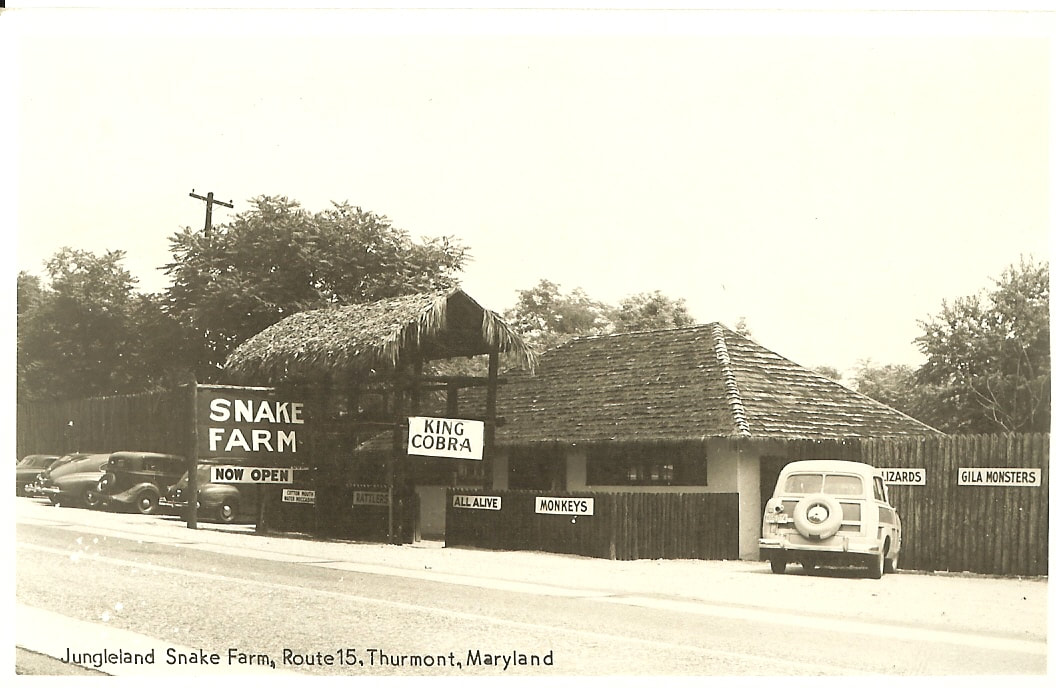
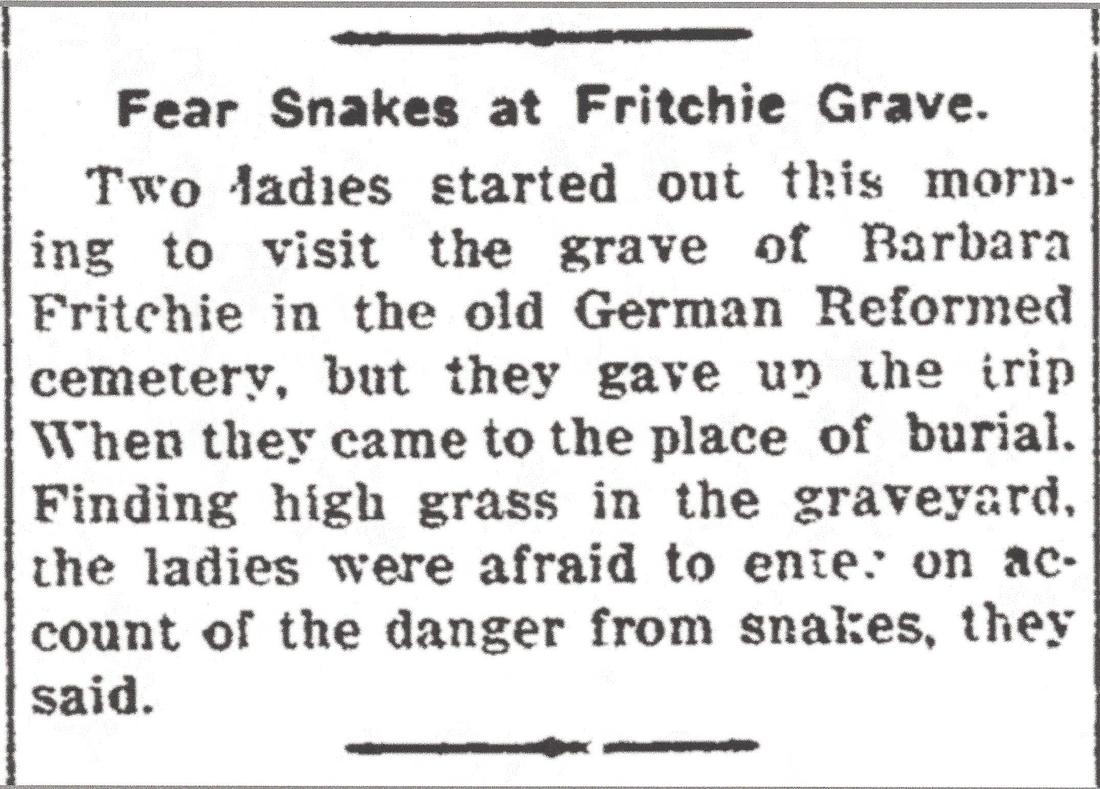
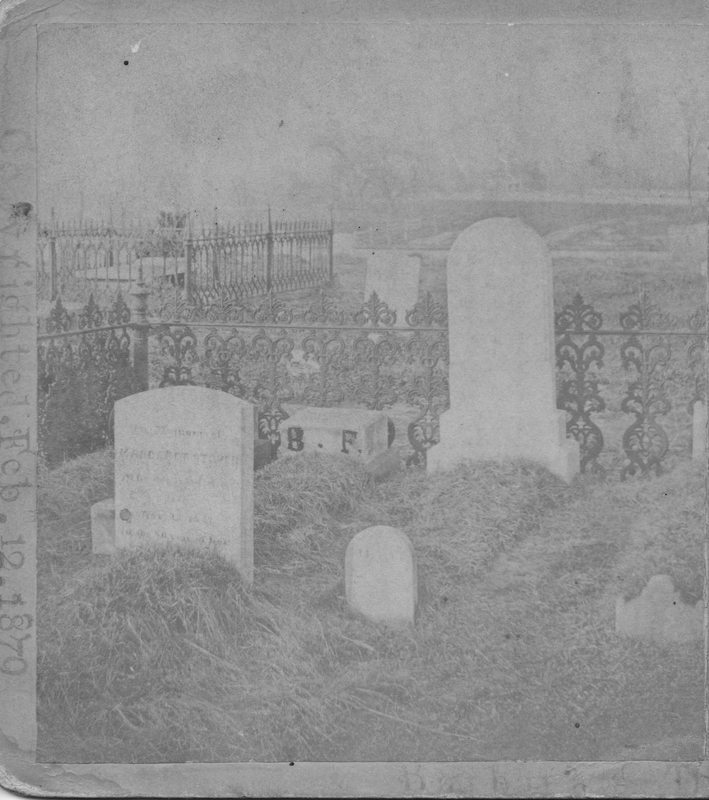
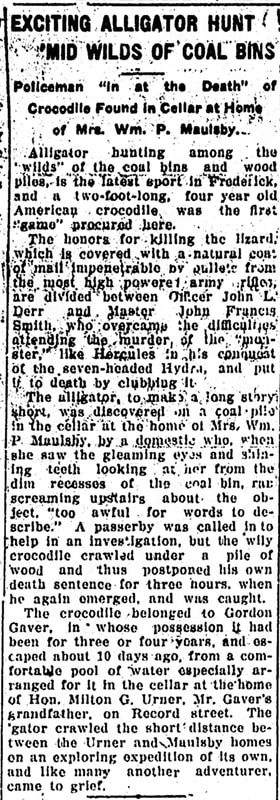
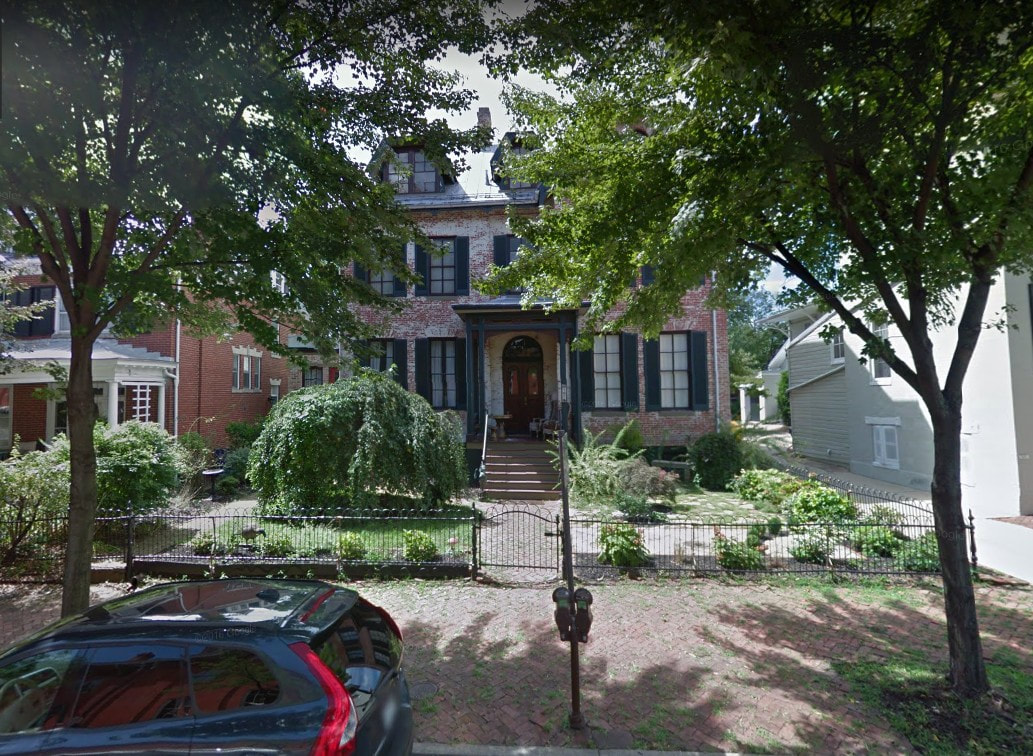
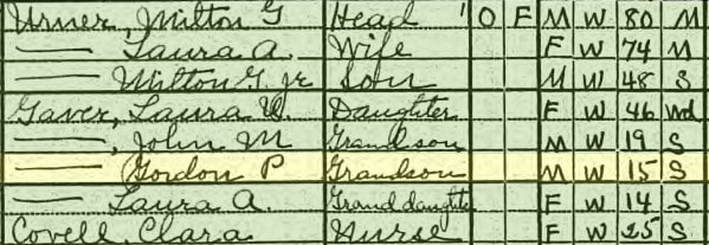
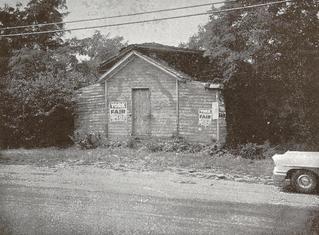
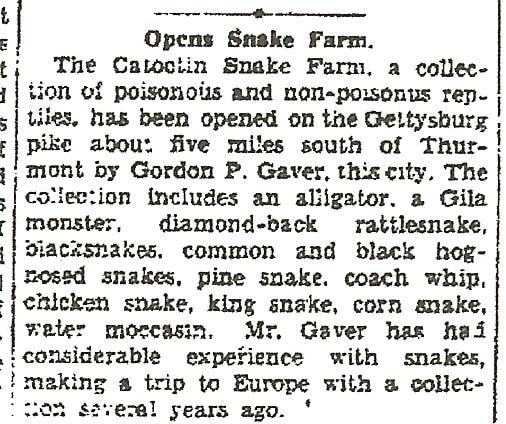
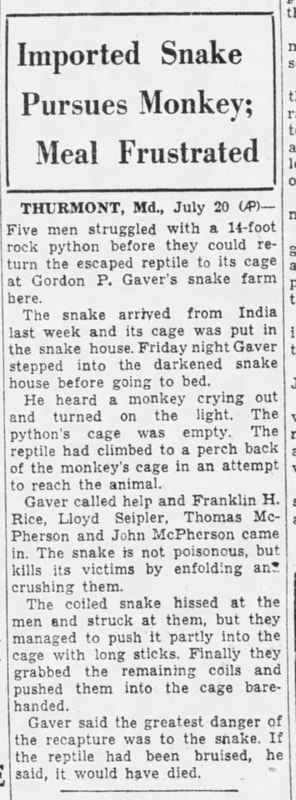
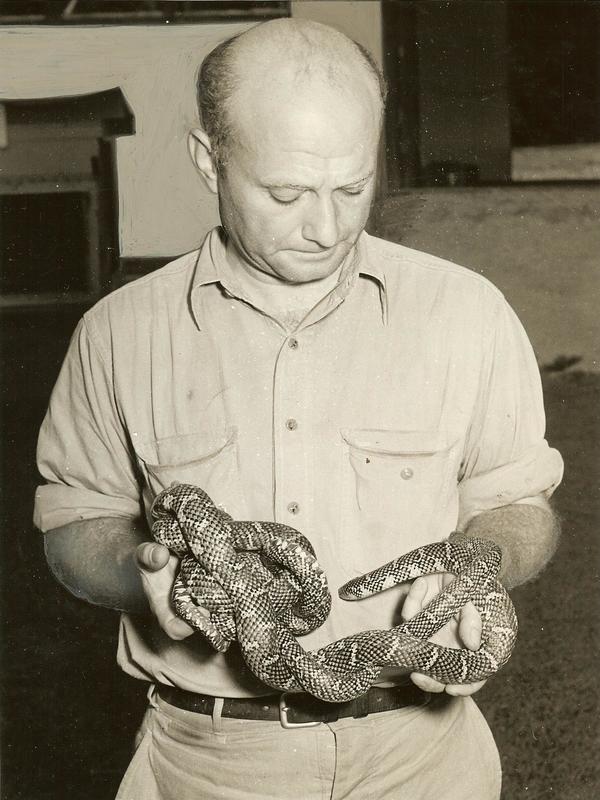
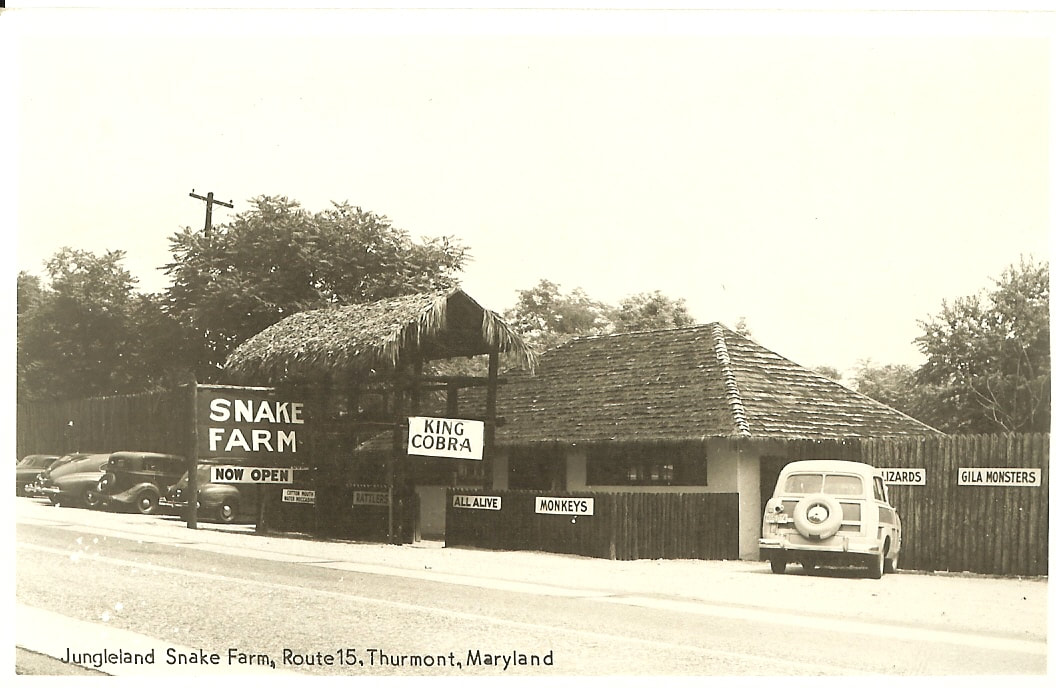
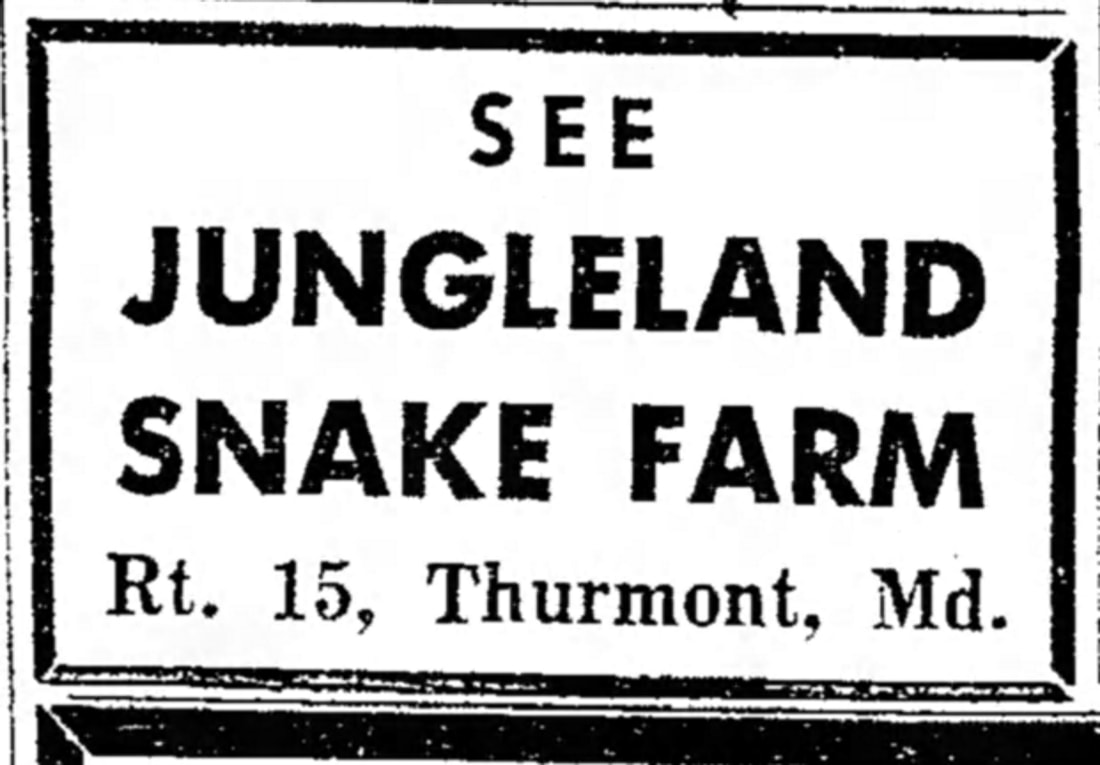
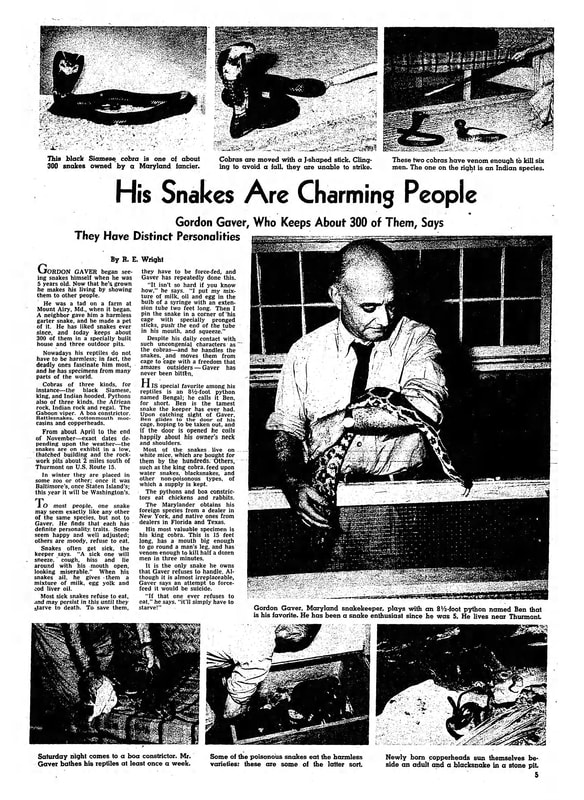
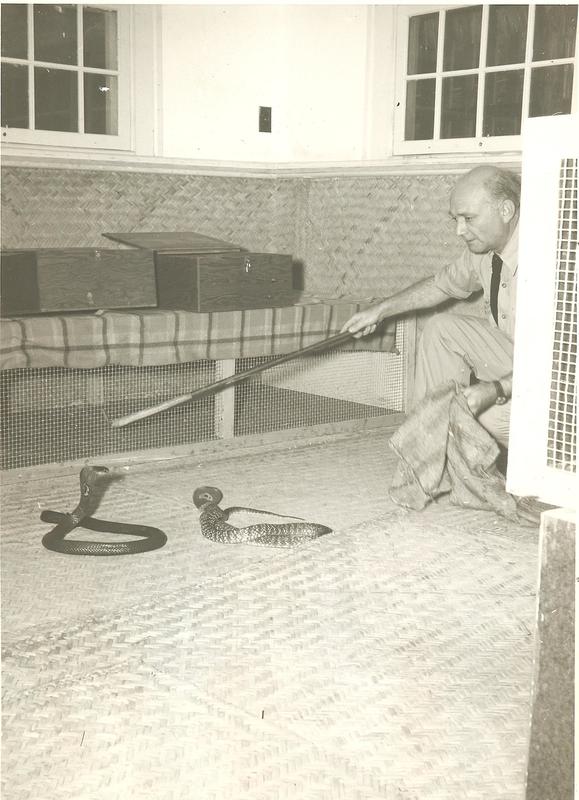
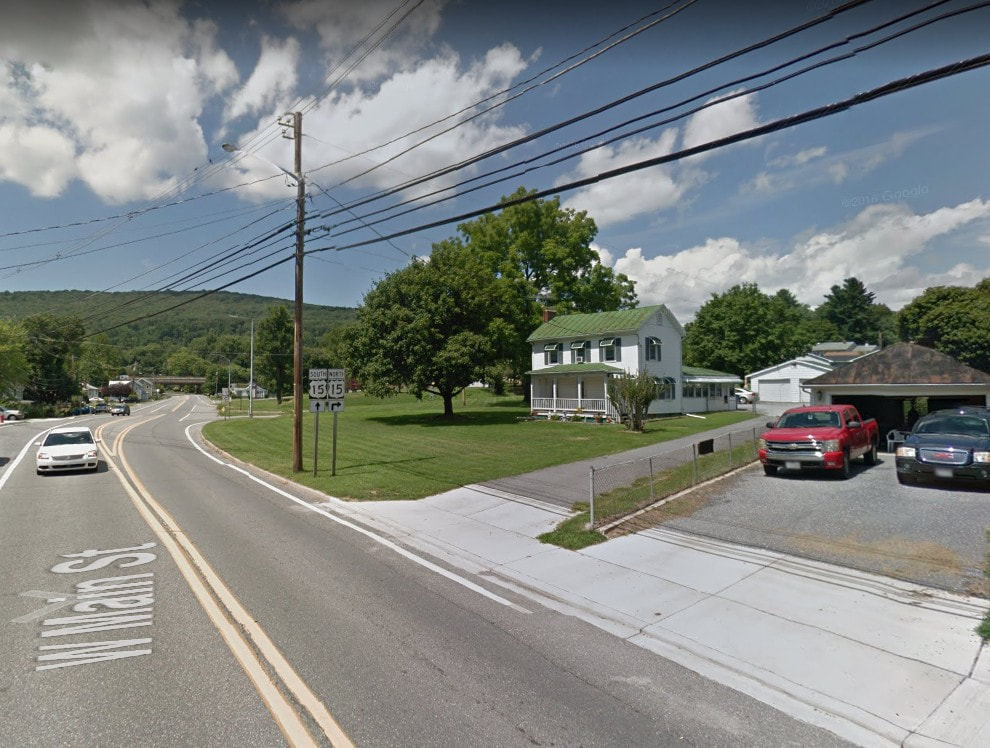
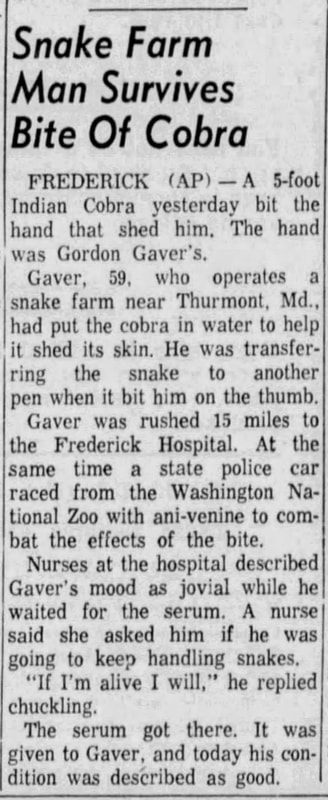
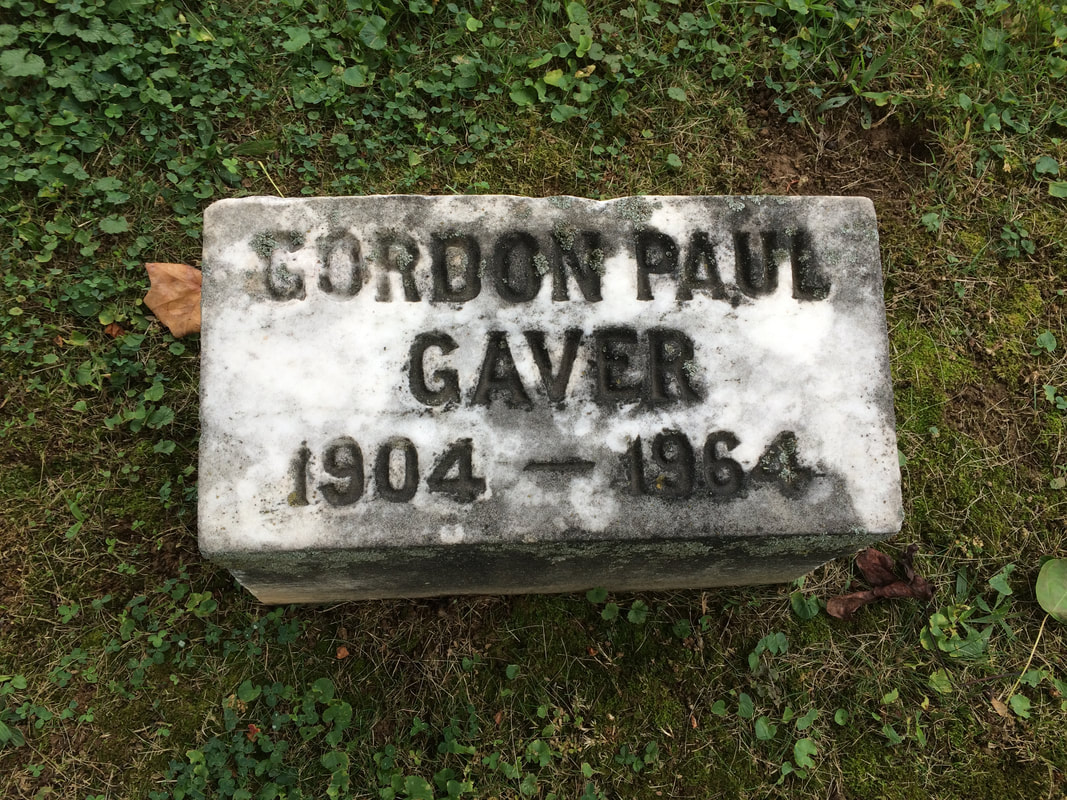
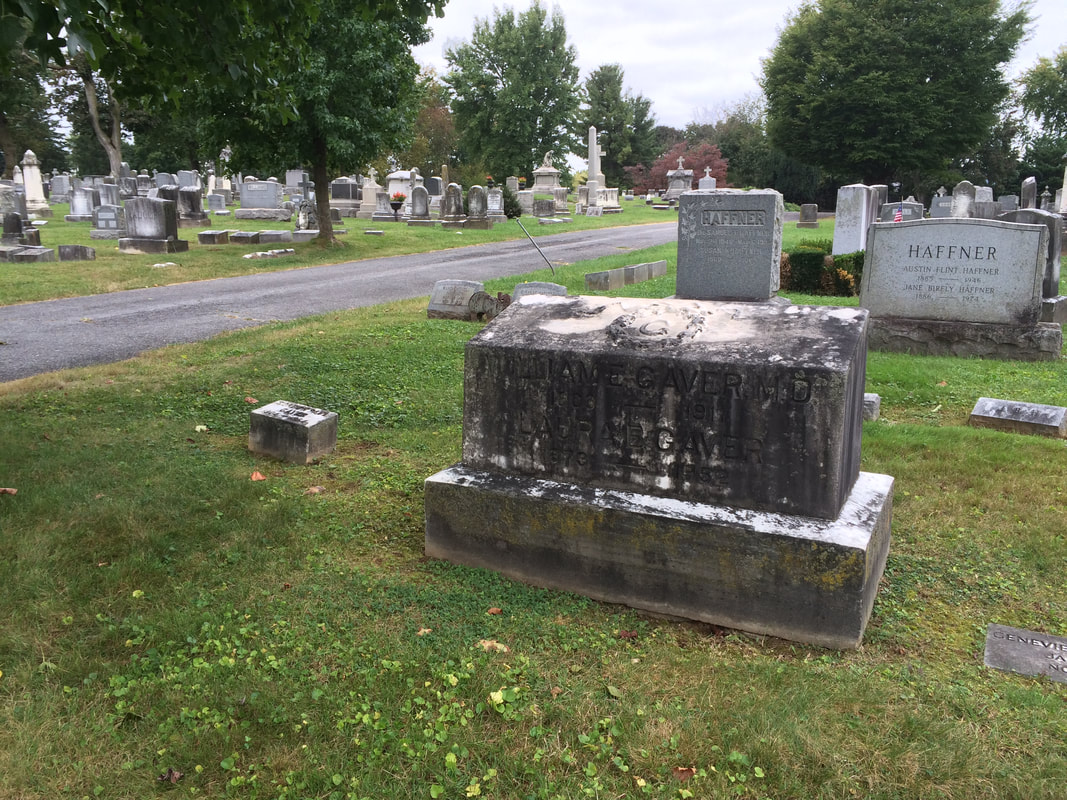
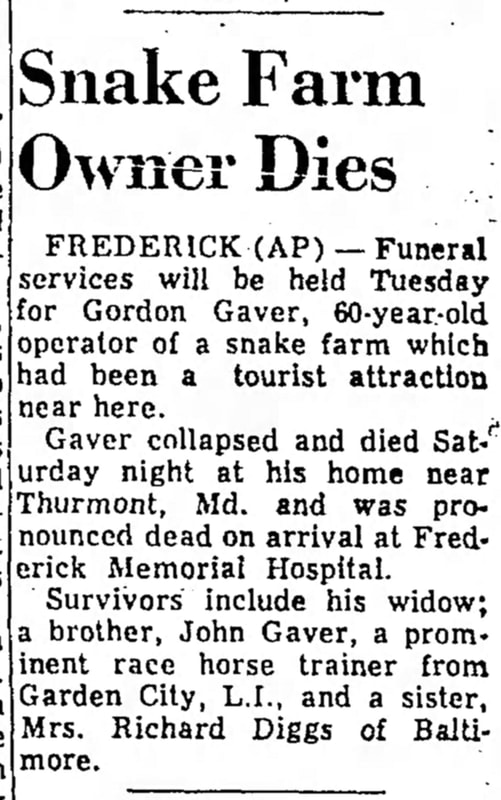
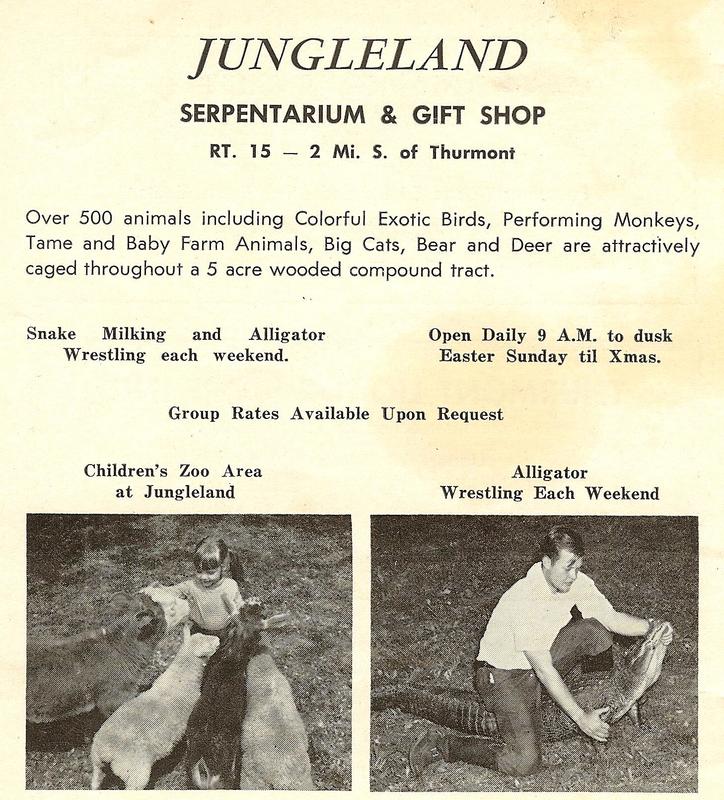
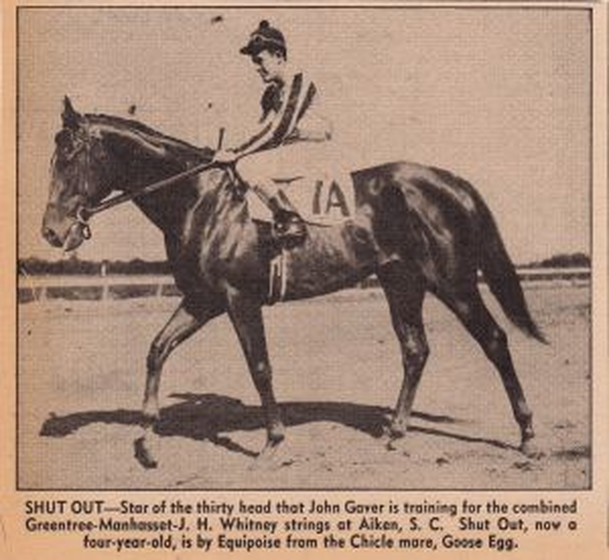

 RSS Feed
RSS Feed